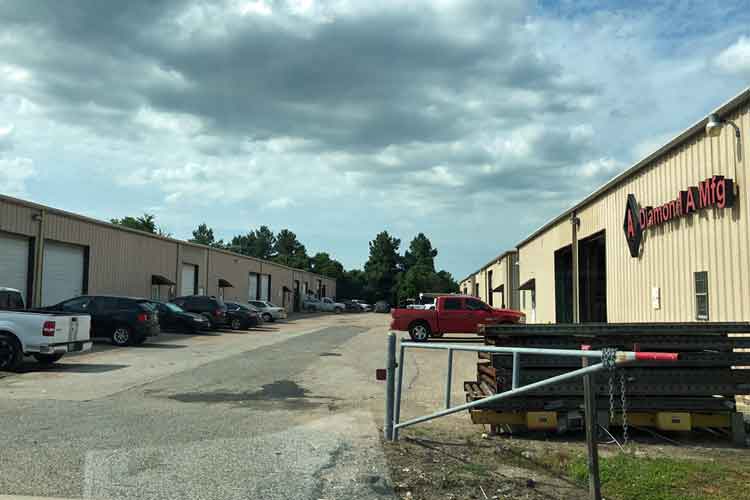Worldwide the demand for consumer goods continues to grow, and the advancement of technology has kept businesses on their toes. Moving products on the shop floor, known as “pick, pack, and sort,” has become a costly and labor-intensive part of doing business. Additionally, consumers turning to e-commerce for their shopping has increased the demand for retail robotics and warehouse properties. Consumers demand same-day and next-day delivery, and retailers intensify their delivery efforts in order to compete with giant companies like Wal-Mart or Amazon. Retailers have to deal with logistic nightmares of processing orders from warehouse facilities with extensive inventories, making operations complicated and problematic. Nevertheless, Berkshire Grey is revolutionizing the pick, pack, and sort operations of material handling in supply chains and changing the playing field in commercial real estate.

Berkshire Grey, the robotics and artificial intelligence company, which develops automation solutions for retail, e-commerce, and logistic fulfillment operations, has started the new year with considerable funding of $263 million. They aim to fuel their expansion of robotic logistics, by transforming omnichannel operations in supply chain and designing efficient warehouse properties. Their sizeable funding is a demonstration of how profitable the market for warehouse automation is becoming.
The company’s secret solution, Tom Wagner, Berkshire Grey’s chief executive, explains is an industrial robotic arm meant to spot, pick up, and sort an item based on its weight or size. Although the tasks may seem extremely simple and straightforward for humans to grab items and place them in the correct place, this type of manipulation is difficult for robots. The company’s new robotic approach will accelerate the operations of warehouse facilities, address the consumers’ expectations, and further the competitive pressure for owners of warehouse facilities and distribution centers. Berkshire Grey’s solution reduces labor costs and raises operational efficiency; however, there is a growing concern that it may lead to warehouse employment shortages. The technological advancement is a small view of how newer skills and innovative ideas are required to keep up with emerging demands and growing markets. Although new technology can increase corporate performance, it can also change the skill sets required by human workers. Additionally, the new warehouse automation system is causing a disruption in the commercial real estate industry. Nonetheless, Berkshire Grey’s solution addresses various problems ranging from human interaction to basic fundamental market issues.
Overall, commercial warehouse owners are facing many challenges. For instance, operators want a frictionless material handling experience that is cost-effective, many warehouse property owners are not capable of investing in the required technology, and U.S. uncertainties in the global economy are causing delays in decision-making. Many commercial real estate executives that are able to afford automated warehouse systems are in a great position of leverage as they increase productivity, reduce costs, and minimize errors. The widespread adaption and the acceptance of artificial intelligence as a powerful tool in warehouse robotics has companies adopting a new attitude of technology-first in order to have a competitive advantage. Additionally, traditional companies and logistic enterprises are struggling with availability of labor. Unfortunately, human ability comes at a cost (e.g., lunch breaks, training, etc.), and owners of warehouse facilities have a difficult time hiring for open positions and face high turnover rates. The automated warehouse system can eliminate the logistical problem humans cause.
E-commerce’s impact on supply chain has generated a demand for warehouse properties and continues to stabilize the commercial warehouse market. Also, because operations have become more complicated for occupiers, there will be a focus on outsourcing, creating a path for third-party logistics that can keep up with the growing demands of consumers. For commercial real estate executives – warehouse investors, and owners of warehouse properties – it has become urgent that consumers’ needs are prioritized, given the increasing influence of technology and ever-changing preferences.
USA Warehouse Investors understands that the traditional model of warehouses is not capable of supporting the unpredictable buying patterns and high expectations of today’s consumers. If you are an owner of warehouse properties and are considering selling your properties, contact us with the contact form because we are serious warehouse buyers. We buy commercial warehouse properties in their current condition. In other words, we assume ALL repairs.
